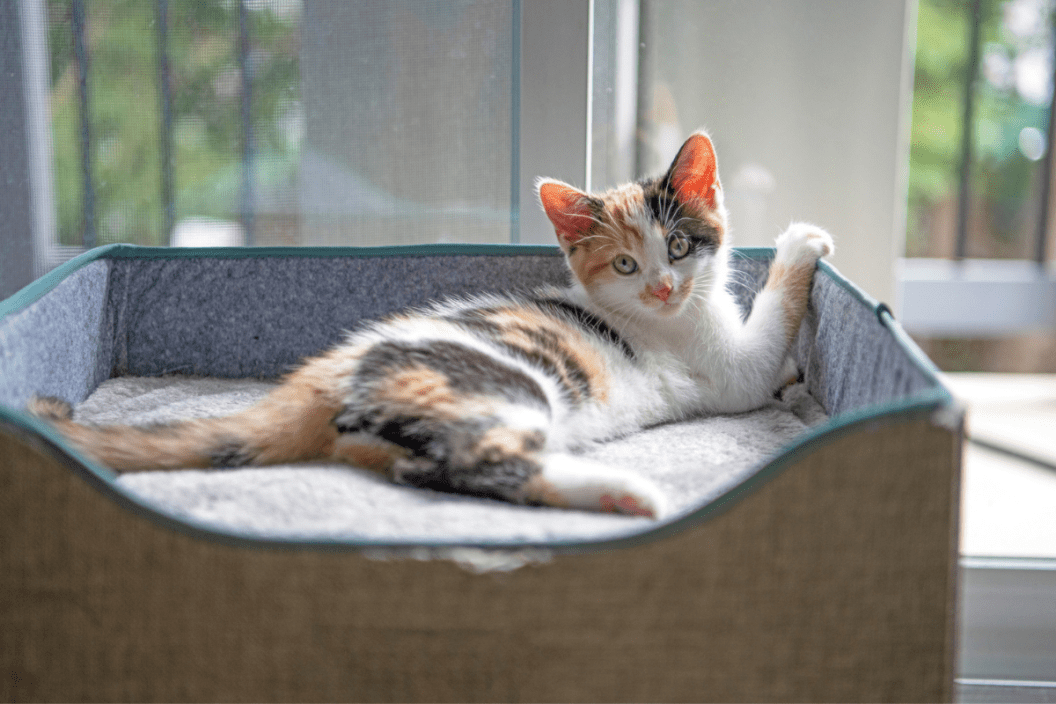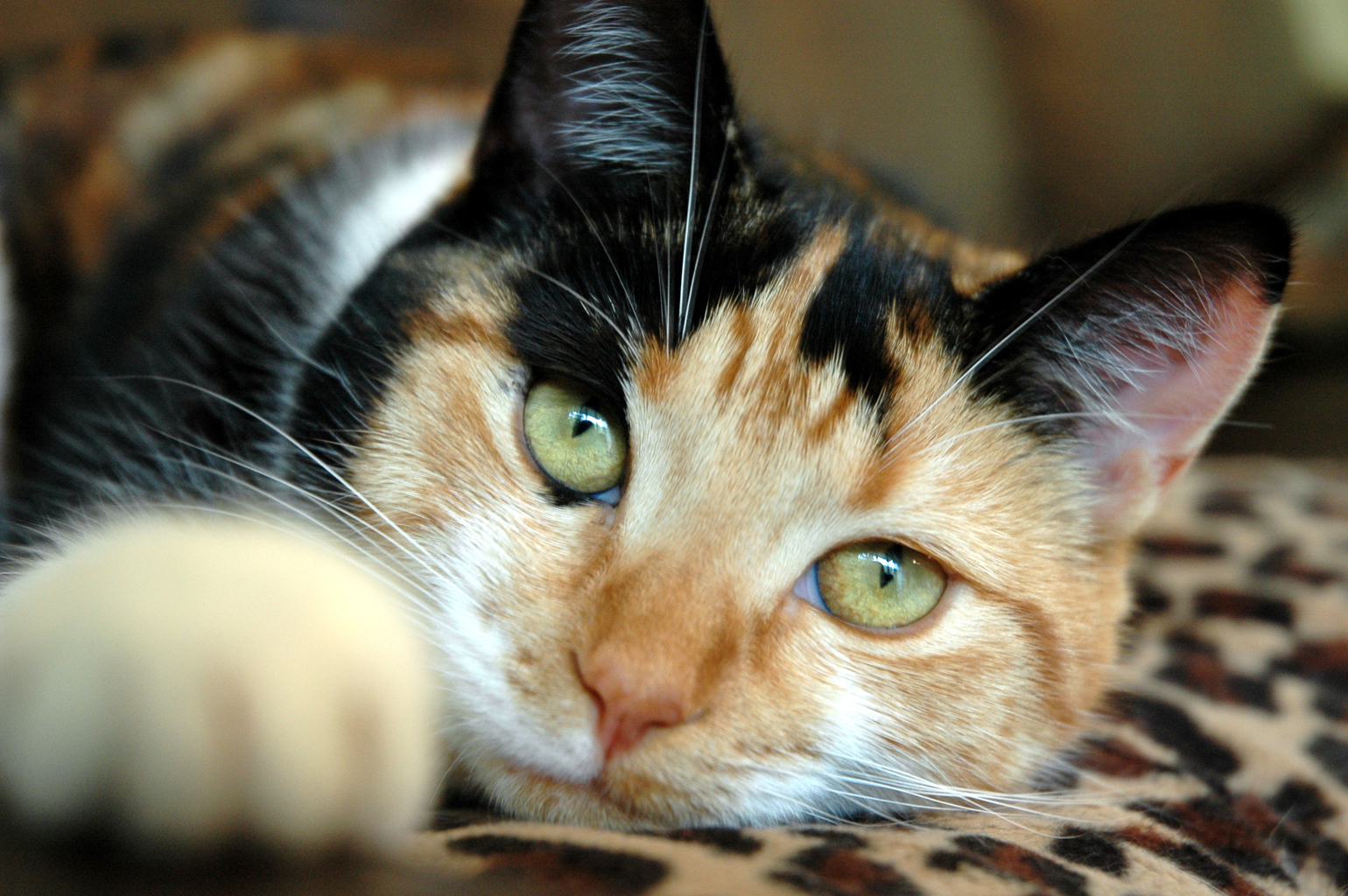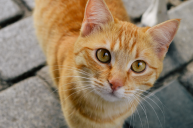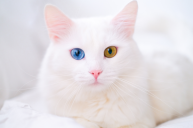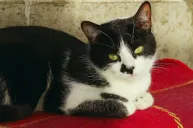The tri-colored fur of a calico cat makes for a strikingly beautiful feline, but have you ever wondered why calico cats are almost always female cats?
Understanding why nearly all calico cats are female takes us back to high school biology class. Think back to Punnet squares and you'll remember that babies receive one chromosome each from their mother and father. The mother gives an X chromosome, and the father either gives an X or a Y.
This rule applies to humans, dogs, horses, cats, and all our other furry friends.
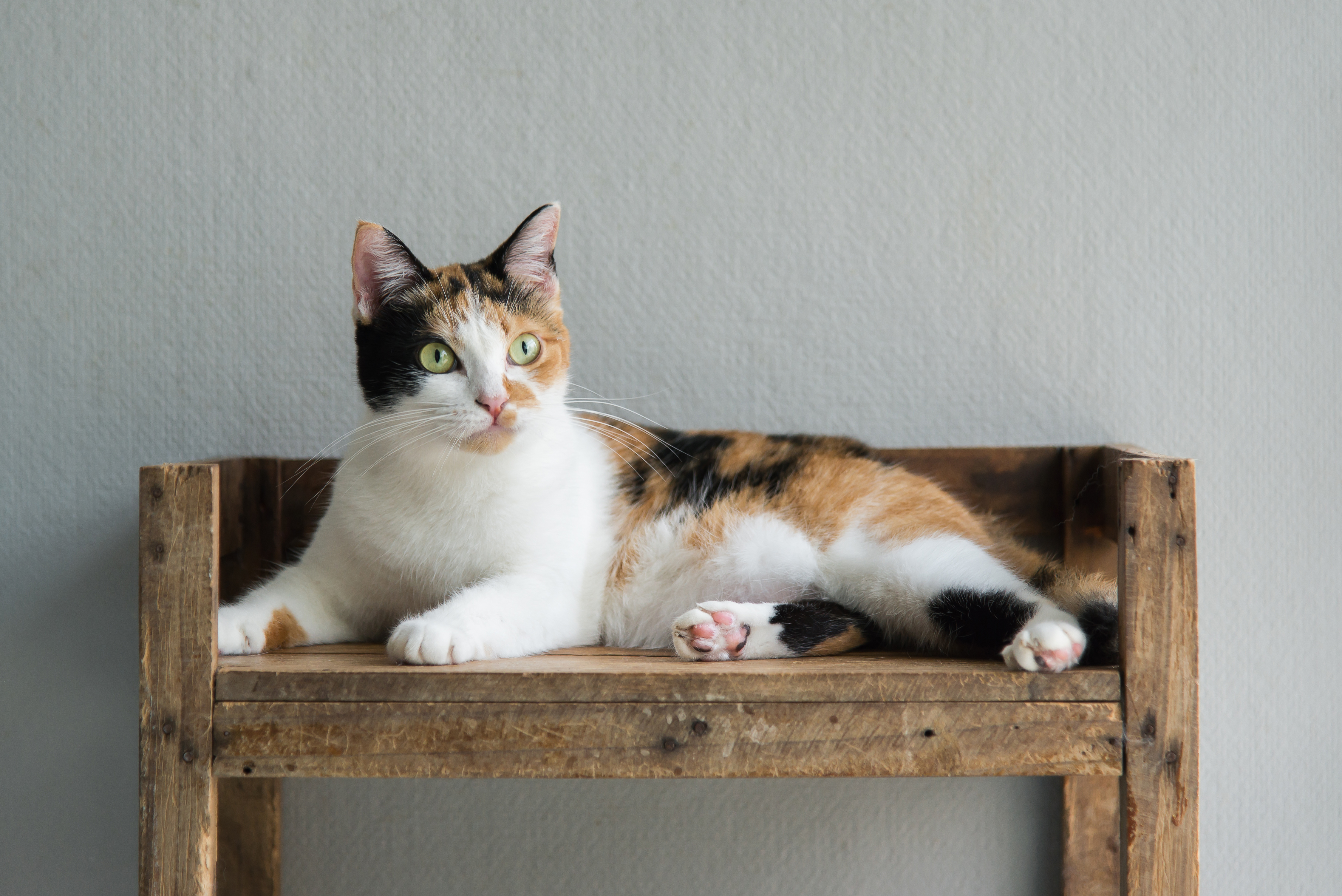
In order to be female, a cat (or human) needs to receive two X chromosomes. For cats, it's also the X chromosome that determines most of the animal's coat color. It only takes one X chromosome to make the fur a certain color, but because females have two, one chromosome overrides the other during development.
The trick to the calico's multi-colored coat is that this process happens in each individual cell. Different X chromosomes are shut off in different cells. The mother's X chromosome may be inactivated in one cell, but in the next cell, it might be the father's.
Once one chromosome is deactivated, the cell then replicates. This makes copies of that particular chromosome, and in turn, that particular color gene. So instead of the cat's fur coming out all orange or all black, it has patches of each color.
For cats to be considered calico (and not tortoiseshell cats, which are only two colors) they must also inherit a gene unrelated to the X and Y chromosomes that codes for white fur.
Ok, so let's break it down with an example.
A cat receives an X chromosome from its mother that codes for black fur and an X chromosome from its father that codes for orange fur.
In some cells, the mother's chromosome shuts down the father's, and in others, the father's deactivates the mother's. Those cells replicate, and the cat ends up with patches of both black and orange fur.
Add the gene for white fur color into the mix, and you have a calico cat with a unique color pattern. This special coat color phenomena can happen in any and all different cat breeds.
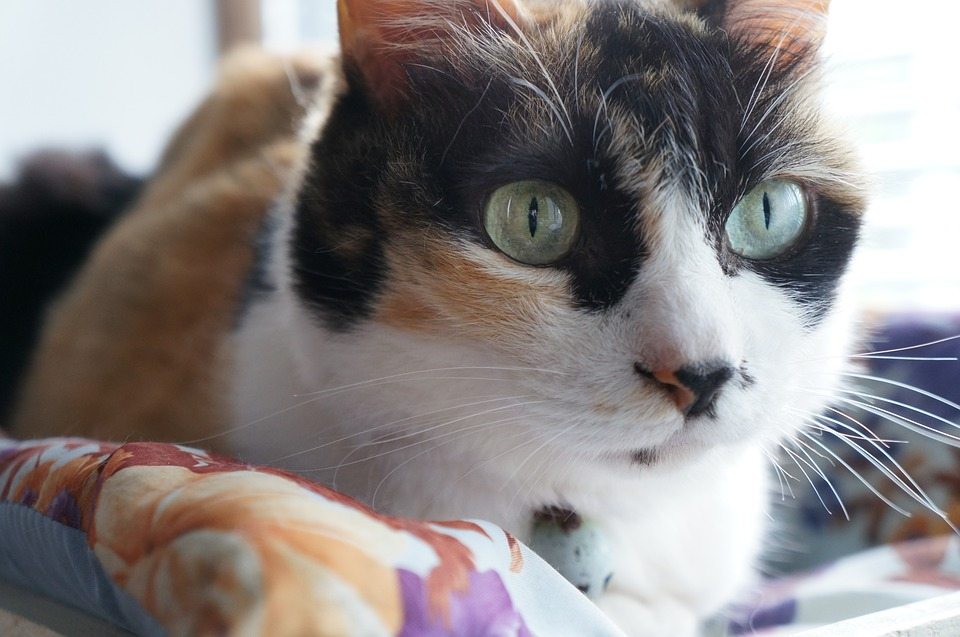
Two X chromosomes are always needed to make a calico. This means that only one out of 3,000 calico cats are male cats. A male calico must receive an extra X chromosome from either his mother or his father, making his genetic makeup XXY.
Meowingtons.com tells us,
"Male calicos are like unicorns. Good luck finding one! There's less than a 0.1% chance of a calico cat being born male."
Male calicos are considered especially lucky!
In humans, this condition is called Klinefelter's Syndrome, and an XXY cat is almost always sterile.
Now that you know the science behind the mysteries of the calico domestic cat, it's time to go out and adopt your own calico kitten!
The calico is thought to be good luck in many cultures, and are sometimes referred to as money cats.
Meowingtons.com explains,
"Maneki neko, a Japanese cat talisman thought to bring good fortune and wealth, is almost always calico. If Maneki neko's left paw is raised, she'll lure in those customers with her calico charm; while her raised right paw bestows good luck and wealth. The higher her paw is held, the luckier you'll be."
They are also the official state cat of Maryland! The Baltimore, Maryland Orioles baseball team also wears these colors.
Do you have a calico cat? Tell us on the Wide Open Pets Facebook page!
This article was originally published on March 4th 2019.
READ MORE: Dilute Calicos: What Causes Their Beautiful Colors?
